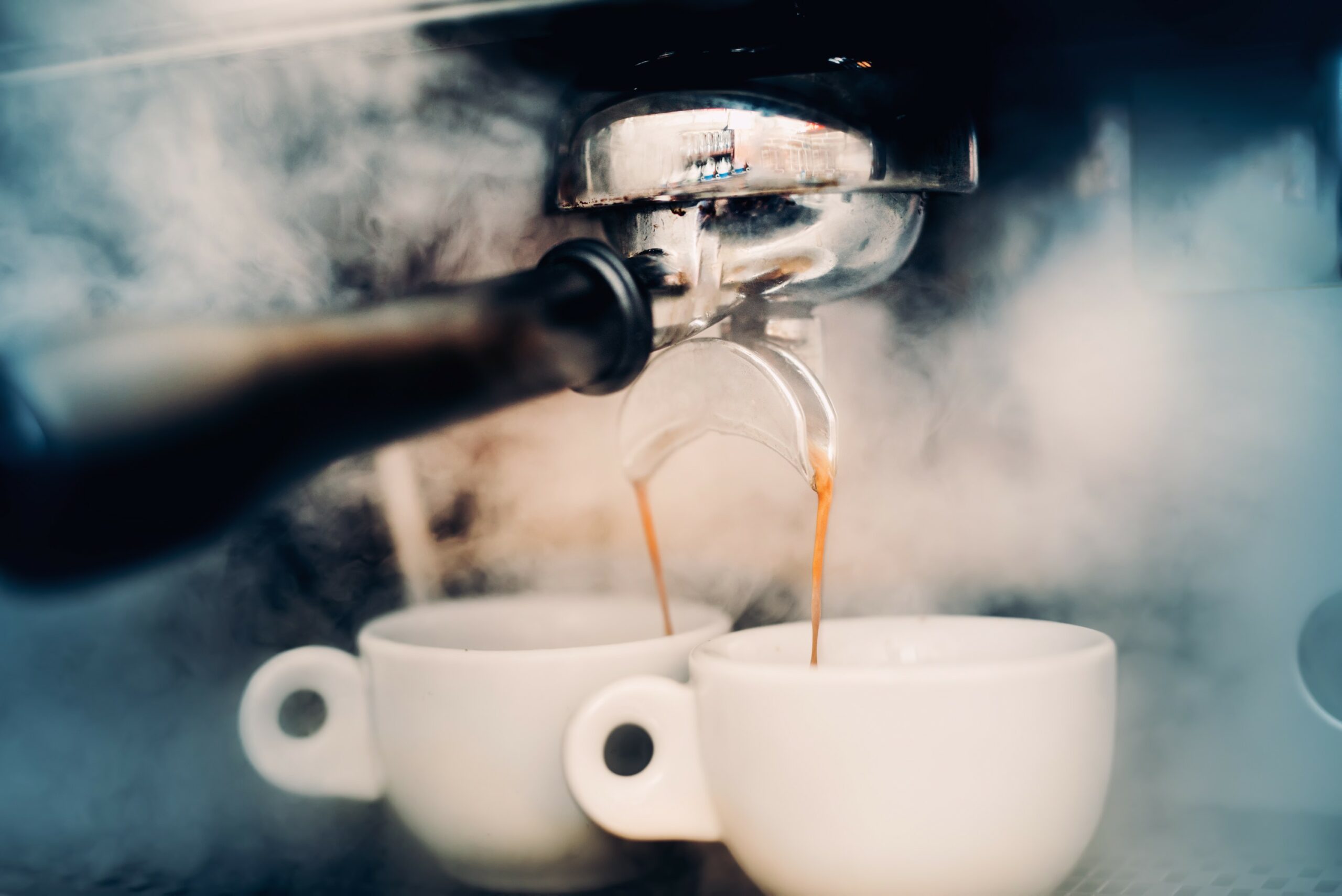Literally, a caffè sospeso is a “pending” or “suspended” coffee … but what does it mean and what’s the story behind this habit popular in Naples and, today, also here and there in other parts of the country?
First things first, let’s explain what it is: a caffè sospeso is the charitable habit of paying for coffees in advance, for people who may not be able to afford one. You have your daily espresso at your local bar and, when it’s time to pay, you tell your barista to charge you for one, two, three – or twenty, it’s really up to you – coffees that can then be enjoyed by whoever comes after you. It’s a small gesture, but considering how we Italians feel about coffee, it’s pretty important nevertheless. Il caffè remains, for those who love it, more than a simple drink: it is a moment of relaxation and self-care and, in those short minute or two while we stand at the counter of a bar, time and troubles stop. If you look at it this way, then you understand why caffè sospeso is worth much, much more than the couple of dollars of its actual price.
If today you can find caffè sospesi in cafés across the country, especially in big cities and especially in the South, it still remains strictly connected with the place it was born, Naples. The tradition came to be, as it often happens with small, but meaningful acts of charity and goodness, in the harshest of times, during the Second World War. When you’d get your espresso al bar, back then, you’d often pay for two, just in case someone was not as lucky as you, and couldn’t afford such a small, but essential pleasure. There are also other hypotheses for its origin, though. According to Riccardo Pazzaglia, Neapolitan writer and journalist who passed away in 2006, the habit was the result of the – many! – good-hearted diatribes that would arise among friends when it came to paying for coffees at the bar: some wanted to offer a tazzina di caffè to their friends, others weren’t sure if this or that person at the table had it or not, so you’d often end up paying for one or two coffee that hadn’t been consumed. When you realized it, instead of asking for the money back, you’d just leave a coffee paid and pending at the counter, for whoever came after you.

Whichever version you prefer, the habit did indeed lose popularity during the second post-war period, only to be revived in 2010 by the historical Neapolitan café Caffè Gambrinus, on the occasion of its 150th birthday. In 2011, a Caffè Sospeso Day was created and the tradition bypassed Neapolitan and Italian frontiers to become a bit of a global phenomenon: the practice started to be applied in places as distant and different as Argentina and Ukraine, Ireland and the US, Canada and Romania, Spain and Australia. In 2013, even Starbucks UK embraced the trend and signed up for a charity initiative where donations were made for each suspended coffee purchased by its customers.
In 2020, during the first, harshest months of the pandemic, Italians began using the caffè sospeso format for Covid-19 tests: you’d get one and could pay for another to be offered to someone who needed it but may not be able to afford it (we are talking about non-compulsory tests, those you could get done at the pharmacy, as molecular tests were paid by the State).
Perhaps, the best description of the beauty of caffè sospeso was given by Neapolitan writer and philosopher Luciano De Crescenzo, who wrote, in 2008, that Quando qualcuno è felice a Napoli, paga due caffè: uno per sé stesso, ed un altro per qualcun altro. E’ come offrire un caffè al resto del mondo. Or, to say it in English: “In Naples, when someone is happy, they pay for two coffees: one for themselves, the other for someone else. It’s like offering a coffee to the rest of the world.”






























